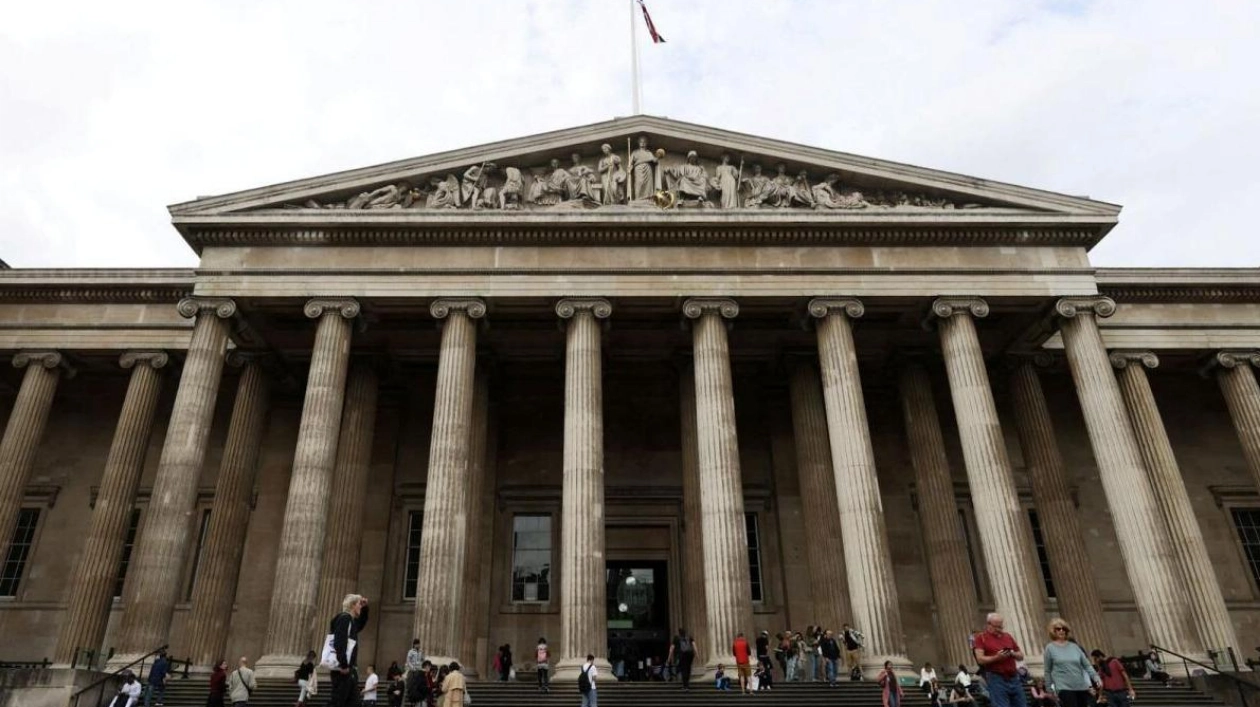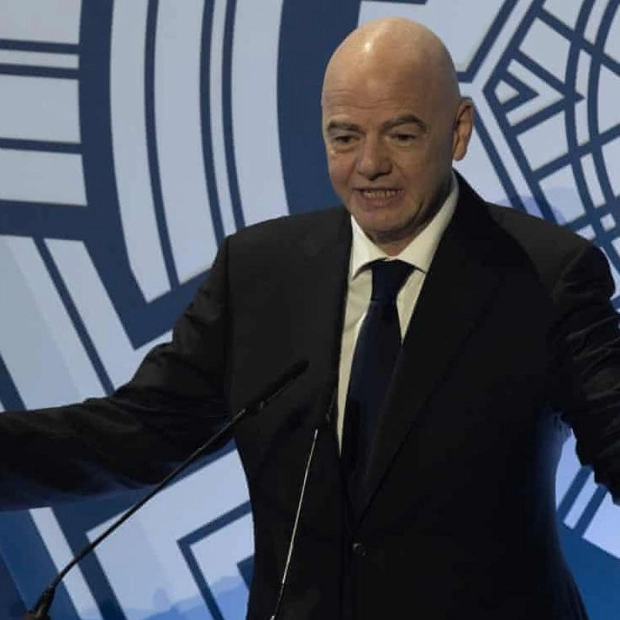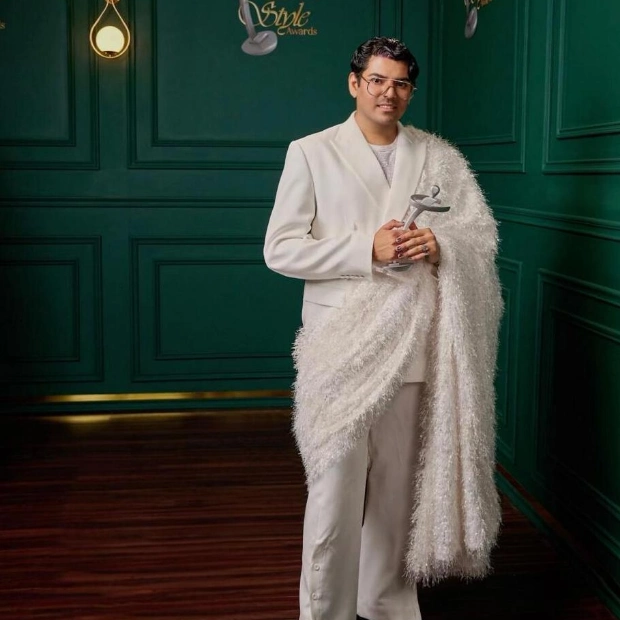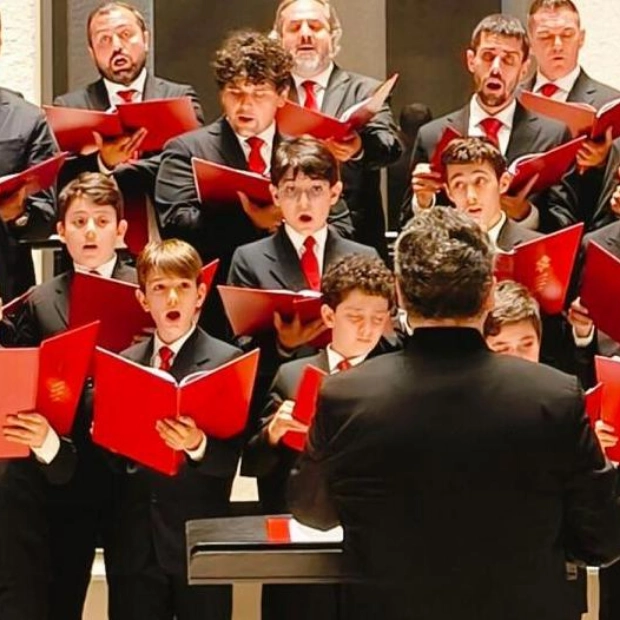A Brazilian conceptual artist, Ile Sartuzi, replaced a historic British coin with a counterfeit at the British Museum to draw attention to the vast number of foreign artifacts it houses. Sartuzi revealed that the inspiration struck him while observing a museum volunteer distributing coins for visitors to touch. He requested a silver coin from the English Civil War era, noting, "It is one of the few British items in the British Museum," and then executed a diversion to swap it with his fake counterpart. Sartuzi informed Reuters that he left the genuine coin in the museum's collection box as he departed. The Art Newspaper broke the story, which Sartuzi detailed in a video for his master's degree at Goldsmiths, University of London. The British Museum announced it would alert the police about the incident, which occurred in June.
The museum's spokesperson expressed disappointment, calling the act "disappointing and derivative," and criticized it for exploiting a volunteer-led service designed to allow visitors to handle genuine items and connect with history. Sartuzi argued that institutions like the British Museum and the Louvre consider themselves "custodians of humanity's treasures." However, he pointed out that these institutions are rooted in imperialist cultures that pillaged many of these treasures from the global south and other parts of the world. The British Museum has faced criticism for its acquisition methods of certain artifacts, with some nations demanding the return of items such as the Parthenon Sculptures and Nigeria's bronzes, which were taken by British forces in 1897. The museum has not addressed Sartuzi's claims.
Sartuzi, who has showcased his work in Brazil, Portugal, and London, stated that he consulted with an art lawyer before carrying out the coin swap. The Museum had previously dismissed an employee and initiated a security review after discovering that hundreds of items had been stolen from its collection or were unaccounted for.






